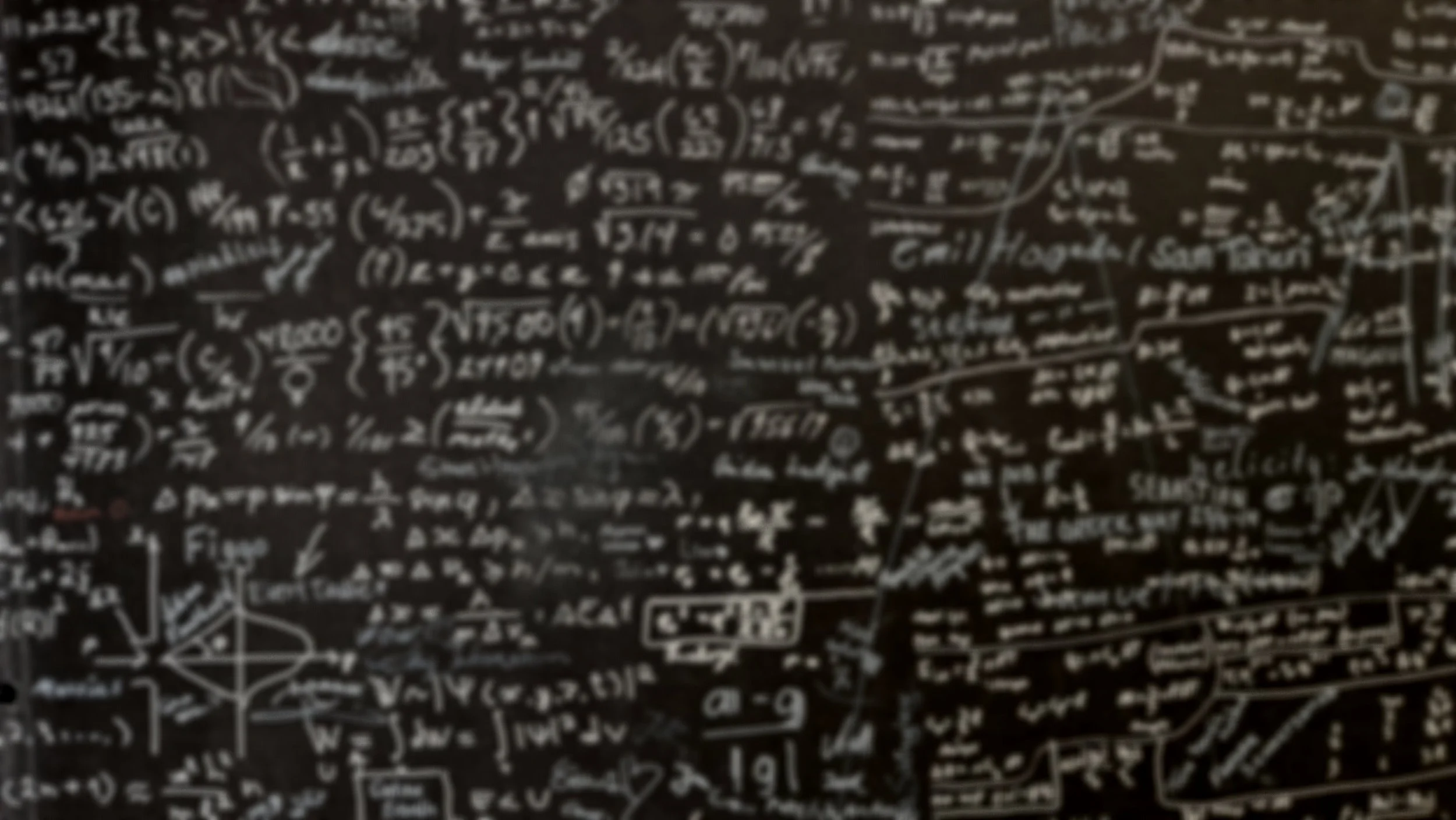
What is Blue Steel Pro?
Blue Steel Pro is a software tool that improves your effectiveness on the range. It enables you to make first round impacts on distant targets. The technology is based on some of the most sophisticated physics that can fit on your computer. Cutting edge numerical techniques are employed to solve the differential equations of motion. Our intuitive user interface makes all of this complex math and physics accessible to the everyday sportsman. You do not need a PhD in physics to capitalize on this groundbreaking tool and incorporate it into your range and field life.
Even if you don’t take your mobile device into the field, you benefit by working up scenarios based on your equipment and its capabilities. As you play what-if scenarios using Blue Steel Pro, you develop a feel for the parameters that most strongly affect your point of impact in the field.
Blue Steel Pro can be used in conjunction with reloading software to help you build out your collection of equipment. Caliber, projectile weight, barrel length and twist rate selection will help you achieve your distance and accuracy goals. Gyroscopic stability can be predicted. Electronic targets often display the velocity at a known distance which can be used to verify your software predictions. Competitors will find Blue Steel Pro to be a valuable addition to their workflow.
using blue steel pro
FORCES AT PLAY
Gravity
Gravity exerts a downward force on a projectile as soon as it leaves the barrel. If the line of sight is upwards, gravity retards any upward component of velocity until the trajectory reaches a peak, and then it imparts and increasing downward velocity. If the line of sight is downward, gravity imparts an increasing downward velocity that is added to the initial downward motion caused by the orientation of the barrel.
WINd
Wind imparts a lateral force on the projectile, causing it to drift to the left or right of its intended target. The angular correction required to correct for this drift keeps increasing as the projectile travels downrange. Wind is often the largest source of error in the practice of marksmanship.
drag
Drag is the backward force on a projectile that resists its motion through the air. It is 100 times more powerful than the force of gravity. Drag causes the projectile to begin slowing down immediately after leaving the barrel.

EQUIPMENT INPUTS
MUZZLE VELOCITY
The speed of the projectile as it exits the barrel is critical to the generation of an accurate trajectory.
TWIST RATE
The twist rate of a barrel along with exit velocity of the projectile determine its angular velocity. If this angular momentum exceeds a certain threshold, it keeps the projectile flying nose forward and the projectile is said to be stable. Blue Steel Pro computes a Miller Stability Index which needs to be at least 1.0 for stable flight (and preferably greater than 1.5).
RANGE GEOMETRY
Range to Target
Laser range finders are a very effective tool for determining the range to a target.
Inclination
Most rangefinders also display the “Look Angle”, the vertical angle of your line of sight to the target.
Target Bearing
This measurement is the compass heading of the line of sight. It can be obtained with a simple hand compass or with a mobile device that features a compass function. This input variable is needed to compute the effect on a trajectory by the spinning of the earth. This effect is called the Coriolis Force and it can be turned on or off in the user input section.
Atmospheric Inputs
TARGET BEARING
This measurement is the compass heading of the line of sight. It can be obtained with a simple hand compass or with a mobile device that features a compass function. This input variable is needed to compute the effect on a trajectory by the spinning of the earth. This effect is called the Coriolis Force and it can be turned on or off in the user input section.
AIR PRESSURE
Drag is controlled by the density of air at your location. Air density is mostly a function of your elevation and the ambient air temperature. Certain watches will give you local air pressure called “Station Pressure”, often expressed in inches of mercury (inHg). It is best if you know your Station Pressure and your local temperature and you can enter them directly. If you don’t know your station pressure, you will need to know your elevation as well as your ambient temperature and Blue Steel Pro will calculate the air density for you.
wIND
Wind often has an outsized effect on the horizontal dimension of your trajectory. Some people used handheld wind meters, but others prefer to use telltale signs of moving dust or vegetation as indirect signs of wind speed and wind direction.
HUMIDITY
Humidity only has a very small effect on the output of Blue Steel Pro. Don’t stress if you don’t know this number. You can easily get by when entering 50% for this variable.
SYSTEM OUTPUTS
QUICK OFFSETS
This table is computed in order to provide a rapid picture of the vertical and horizontal drift at uniform range intervals. This is only a brief overview and is not intended to replace the Pinpoint Precision tab. The drop and drift displacements are given only at regularly spaced range intervals. Also, in the interest of speed, it uses only a moderately precise algorithm.
QUICK ANGLES
This table is computed in order to provide a rapid picture of the vertical and horizontal angular corrections needed at uniform range intervals. This is only a brief overview and is not intended to replace the Pinpoint Precision tab. The drop and drift angles are given only at regularly spaced range intervals. Also, in the interest of speed, it uses only a moderately precise algorithm.
QUICK PLOT
This screen presents a graph of the trajectory; that is the vertical drop in comparison to the downrange distance. Note that the vertical and horizontal scales are not equal. Vertical drop is exaggerated to enhance your understanding of the trajectory.
PINPOINT SOLUTION
This panel displays a complete picture of the elevation and windage corrections needed for an exact distance to the target. It takes more time to make the best use of compute resources and to assure pinpoint accuracy.

ALGORITHMS
Before the advent of computers, mathematicians developed shortcuts and approximations for calculating trajectories. These shortcuts were often based on a principle called the “flat-fire assumption”. This assumption held that the geometry contained no extreme angles and that the horizontal downrange component of motion was the only important dimension of the problem; it assumed that the projectile was in level flight. This assumption leads to errors when the line-of-sight is angled upward or downward. Modern handheld devices have the compute power to do much better than this, but unfortunately many apps still rely on this “flat-fire” shortcut.
In the early days, marksmen often used the “Rifleman’s Rule”. In this approximation, only the horizontal distance to the target was used in computing vertical drop. Multiplying the cosine of the “Look Angle” times the true distance to the target gave the effective horizontal distance. This effective distance was used in formulating a drop correction. Marksmen treated uphill and downhill scenarios as equivalent. Modern day numerical physics shows that this shortcut quickly loses accuracy at extreme uphill or downhill angles, especially at distances beyond 1,000 yards.
There are sophisticated techniques for solving differential equations using a computer that most computer programmers would not know. Only physicists and engineers with experience in scientific applications tend to know these techniques. They are difficult to master but they make good use of the powerful floating-point processors in today’s mobile devices, and they are able to pinpoint the point of impact that other products can only estimate.
currently only available on the apple app store.
Introductory Price - $24.99
download the app




